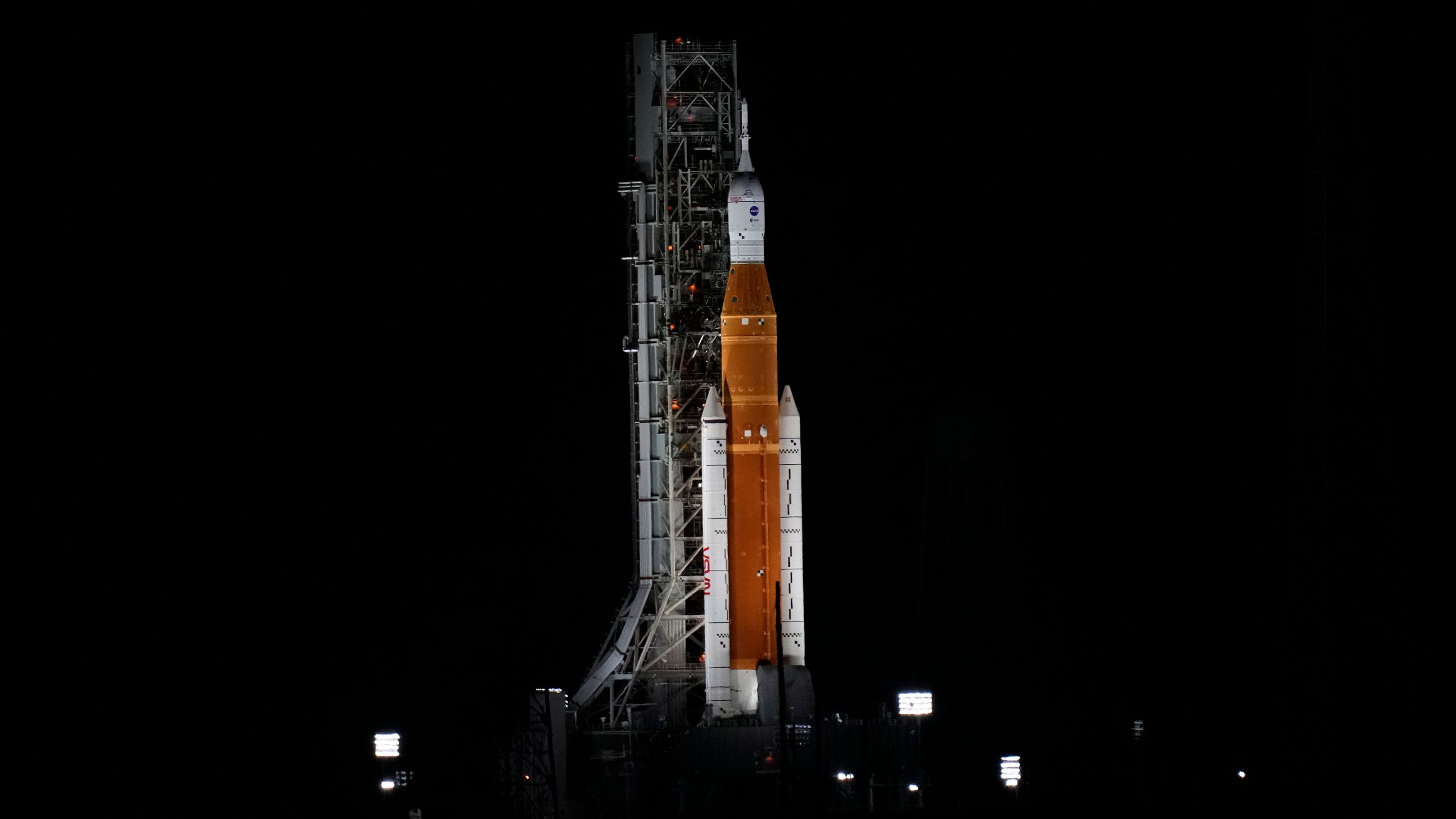The China National Space Administration has been given permission from the government to line up three more unmanned missions to the Moon in the next 10 years.
Simultaneously, NASA’s Artemis I rocket launch has been postponed for a second time. It has now been scheduled for a launch on September 23, if all goes well. The increasing delays are likely to pile on to already mounting pressure on the American space agency that has been widely criticised for how much over budget the Artemis program has gone.
China’s Chang’e Project on the other hand has been granted additional funding for the new unplanned missions. In addition, the country has been working on developing manned spacecraft and has partnered with Russia to start a manned research station at the south pole of the Moon.
Here are the main differences between NASA’s Artemis Program and China’s Chang’e Project.
Also Read | What is China’s Chang’e Project?
Aims
Fundamentally, the Artemis missions are a recent development, but the components of some of the spacecraft go back to the Bush administration from 2005-2010, from the Constellation program. During the Obama administration, the program was cancelled before being revived by the the Trump administration in 2020.
The Artemis missions are a moon exploration programme and an effort to put man back on the Moon for the first time since 1972. However, the long-term purpose of the program is to establish a permanent research base on the moon and act as a proof of concept to help facilitate manned missions to Mars.
The Chang’e Project on the other hand has always been about lunar exploration. The project was approved by the Chinese government in 2004. At the time, China’s own space programme was years behind America’s to the point where they were sending lunar orbitors in the first phase of Chang’e.
In 2019, the head of the CNSA, Zhang Kejian said that the agency was planning to establish a scientific research station at the south pole within the next decade. However, ultimately, the goal of the Chang’e Project remains the same, to put China’s first manned crew on the Moon.
China plans to put astronauts on the moon by the 2030s, whereas the Artemis programme plans to put humans on the satellite planet by 2025 aboard the Artemis III
Space Launch System, SpaceX Starship, Falcon Heavy vs Long March
As part of the Artemis program, NASA awarded contracts to create different launch vehicles for different payloads over the course of the different missions over the years. To that end, NASA has wound up with three different launch vehicles. Two of them, the Falcon Heavy and the SpaceX Starship have been manufactured by the Elon Musk-owned SpaceX. The launch vehicle being used for the Artemis I launch is the Space Launch System designed by Aerojet Rocketdyne, Northrop Grumman, Boeing and United Launch Alliance.
The Space Launch System is an expendable launch vehicle, meaning that once used for launch it cannot be used again. The SLS will have different configurations which will be used for the Artemis I, Artemis II and Artemis III missions.
The SpaceX Starship is a reusable rocket that will be used to transport the Human Landing System to low-earth orbit and will also be used to refueling missions for other missions.
The SpaceX-manufactured Falcon Heavy is a partially reusable that will be used to launch other Artemis missions in the future.
China uses the Long March rockets, named after the Red Army’s retreat during the Chinese Civil War. The rockets have had many iterations since they first began to be used in the 1970s. So far, there are 10 variants to the Long March rockets. The Chang’e Project started off with the use of the Long March series.
The Long March 3 has been used since 2007 with the A, B and C variants being used since then. The Long March 5 began to see use in 2016, with three variants, the 5B being used to send satellites and space station modules into Earth’s orbit. The standard Long March 5 has seen use for Moon missions and the manned spacecraft tests.







